
Filter News
Area of Research
- Advanced Manufacturing (1)
- Biological Systems (1)
- Biology and Environment (4)
- Building Technologies (2)
- Clean Energy (30)
- Climate and Environmental Systems (2)
- Computer Science (1)
- Energy Sciences (1)
- Fossil Energy (1)
- Fusion Energy (4)
- Materials (21)
- Materials for Computing (1)
- National Security (5)
- Neutron Science (11)
- Nuclear Science and Technology (8)
- Nuclear Systems Modeling, Simulation and Validation (2)
- Supercomputing (11)
News Type
Date
News Topics
- 3-D Printing/Advanced Manufacturing (4)
- Advanced Reactors (6)
- Artificial Intelligence (1)
- Big Data (3)
- Biology (2)
- Biomedical (8)
- Clean Water (1)
- Climate Change (5)
- Computer Science (9)
- Coronavirus (3)
- Critical Materials (1)
- Energy Storage (8)
- Environment (10)
- Frontier (1)
- Fusion (4)
- Grid (4)
- Isotopes (2)
- Machine Learning (3)
- Materials Science (11)
- Mercury (1)
- Microscopy (3)
- Molten Salt (4)
- Nanotechnology (5)
- Neutron Science (7)
- Nuclear Energy (9)
- Physics (1)
- Polymers (4)
- Security (1)
- Space Exploration (1)
- Summit (3)
- Sustainable Energy (8)
- Transportation (7)
Media Contacts
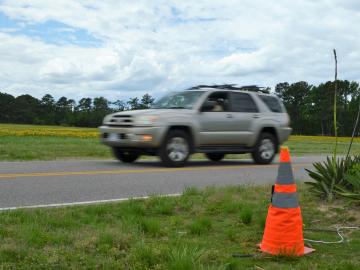
Algorithms designed to parse data gathered by roadside sensors could make it easier to identify vehicles sought in AMBER Alerts and to assist researchers studying traffic patterns. Oak Ridge National Laboratory scientists built a sensor platform to collect detailed images of cars, as w...
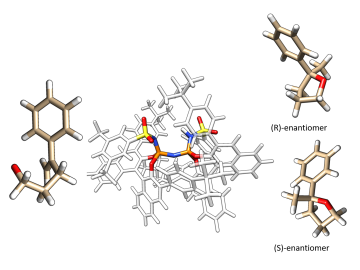
Researchers from the Max Planck Institute, renowned for advances in nonmetallic catalysis, leveraged computational modeling support from Oak Ridge National Laboratory to overcome a major limiting factor in the breakdown of simple organic compounds called olefins. Olefins are among natu...

A shield assembly that protects an instrument measuring ion and electron fluxes for a NASA mission to touch the Sun was tested in extreme experimental environments at Oak Ridge National Laboratory—and passed with flying colors. Components aboard Parker Solar Probe, which will endure th...
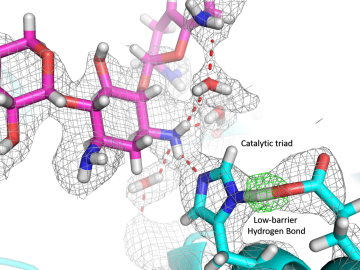
An Oak Ridge National Laboratory-led team has observed how a prolific class of antibiotics may be losing its effectiveness as certain bacteria develop drug resistance by acquiring enzymes known as aminoglycoside modifying enzymes. Aminoglycosides are commonly used in antibiotics to tre...
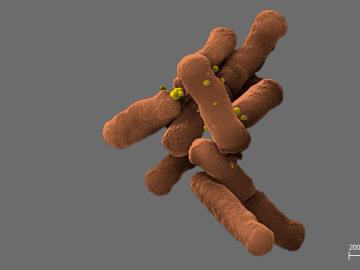
An Oak Ridge National Laboratory-led team cultivated a novel oral microbe, Desulfobulbus oralis, present in adults with periodontitis, an advanced gum disease that affects nearly half of all adults worldwide.
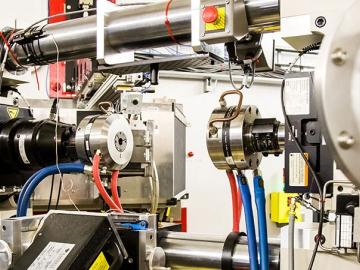
Oak Ridge National Laboratory has partnered with FCA US LLC and casting manufacturer Nemak to develop a new cast aluminum alloy for engine cylinder heads, which could lead to more fuel-efficient internal combustion engines.
Scientists at Oak Ridge National Laboratory have conducted a series of breakthrough experimental and computational studies that cast doubt on a 40-year-old theory describing how polymers in plastic materials behave during processing.
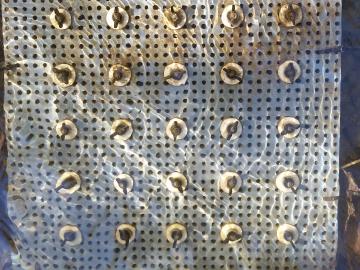
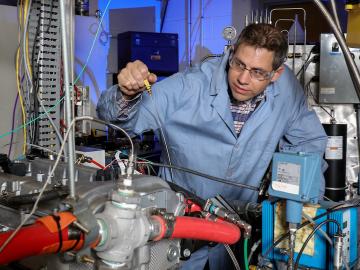
Gasoline-powered automobiles could achieve an 8 percent or greater fuel efficiency gain through a new combustion strategy developed at Oak Ridge National Laboratory. Scientists have demonstrated a new method for reforming fuel over a catalyst, a process that chemically converts fuel ...



